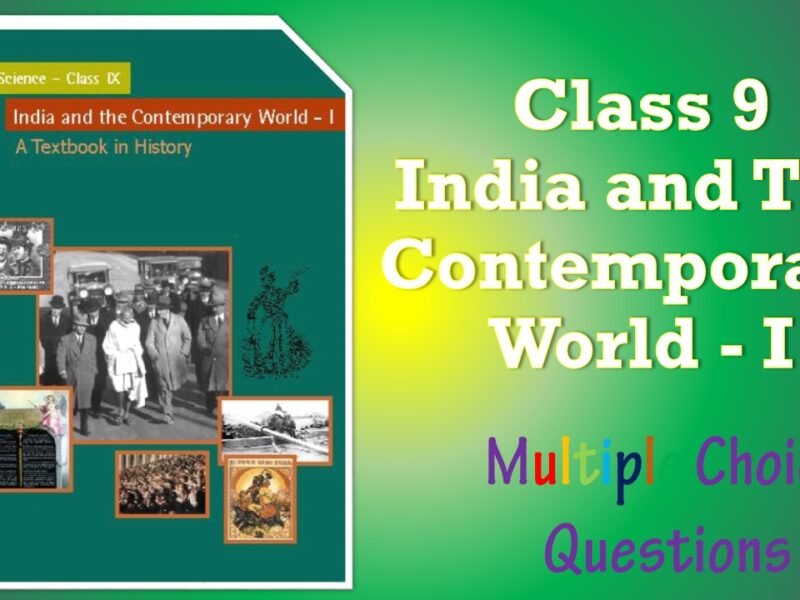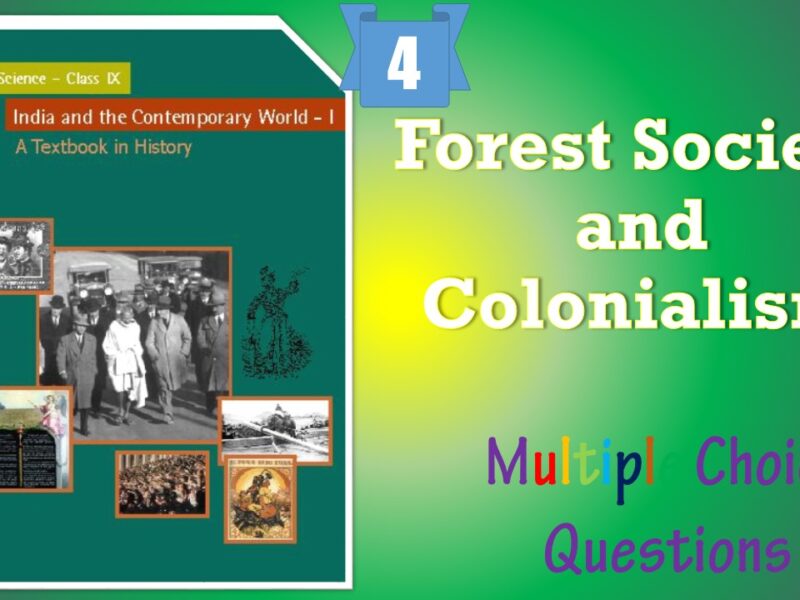CBSE Class 10 Social Science Chapter 7 Print Culture and the Modern World Multiple Choice Questions with Answers. MCQ Class 10 History Print Culture and the Modern World with Answers was Prepared Based on Latest Exam Pattern. Students can solve NCERT Class 10 History Print Culture and the Modern World MCQs with Answers to know their preparation level.
Students who are searching for NCERT MCQ Questions for Class 10 History Print Culture and the Modern World with Answers are compiled here to get good practice on all fundamentals. Know your preparation level on MCQ Questions for Class 10 Social Science with Answers. You can also verify your answers from our provided MCQ Class 10 History Print Culture and the Modern World with Answers. So, ace up your preparation with MCQ of Chapter 7 History Objective Questions.
MCQ Class 10 History Print Culture and the Modern World with Answers - Set - 5
Question 1:
Why was the Vernacular Press Act passed by the British Government in India?
(a) The Vernacular Act was passed to promote vernacular languages.
(b) The Vernacular Act was passed by the British government to put some check on vernacular newspapers which had become assertively nationalist.
(c) The Vernacular Act was passed to please the Indians who wanted to promote Indian languages.
(d) The Vernacular Act was passed to consolidate British rule in India.
Correct Answer – (B)
Question 2 :
What made Governor-General Warren Hastings persecute James Hickey who edited the Bengal Gazette?
(a) He published articles supporting Indian nationalist leaders.
(b) He published advertisements related to import and sale of slaves.
(c) He published anti-religious articles.
(d) He published gossip about senior East India Company officials.
Correct Answer – (D)
Question 3 :
Martin Luther was a/an
(a) social reformer
(b) religious reformer
(c) environmentalist
(d) educationist
Correct Answer – (B)
Question 4 :
Who said, “Printing is the ultimate gift of God and the greatest one.”?
(a) Charles Dickens
(b) Louise-Sebastien Mercier
(c) Mahatma Gandhi
(d) Martin Luther
Correct Answer – (D)
Question 5 :
The Bengal Gazette was edited by
(a) Gangadhar Bhattacharya
(b) Raja Rammohun Roy
(c) James Augustus Hickey
(d) Richard M. Hoe
Correct Answer – (C)
MCQ Class 10 History Print Culture and the Modern World with Answers
Question 6 :
The main theme of the book ‘Chhote aur Bade Ka Sawal’ written by Kashibaba, a Kanpur mill worker, was:
(a) The life of the elite upper castes.
(b) The link between caste and class exploitation.
(c) Restrictions on the Vernacular Press.
(d) Injustices of the caste system.
Correct Answer – (B)
Question 7 :
Penny magazines were especially meant for
(a) children
(b) factory workers
(c) women
(d) elite class
Correct Answer – (C)
Question 8 :
Diomond Sultra is the oldest printed book of
(a) Korea
(b) India
(c) Japan
(d) China
Correct Answer – (C)
Question 9 :
The earliest kind of print technology was developed in China, Japan and
(a) Korea
(b) France
(c) India
(d) England
Correct Answer – (A)
Question 10 :
Which problem has been raised in Gulamgiri?
(a) The injustices of caste system
(b) Excessive drinking among the poor
(c) The miserable lives of upper-caste Hindu women
(d) Widow immolation
Correct Answer – (A)
- NCERT Solutions Class 10 History Chapter 1 : The Rise of Nationalism in Europe
- NCERT Solutions Class 10 History Chapter 2 : The Nationalist Movement in Indo-China
- NCERT Solutions Class 10 History Chapter 3 : Nationalism in India
- NCERT Solutions Class 10 History Chapter 4 : The Making of Global World
- NCERT Solutions Class 10 History Chapter 5 : The Age of Industrialisation
- NCERT Solutions Class 10 History Chapter 6 : Work, Life and Leisure
- NCERT Solutions Class 10 History Chapter 7 : Print Culture and the Modern World
- NCERT Solutions Class 10 History Chapter 8 : Novels, Society and History
- NCERT Solutions Class 10 Social Science India and the Contemporary World II Textbook



